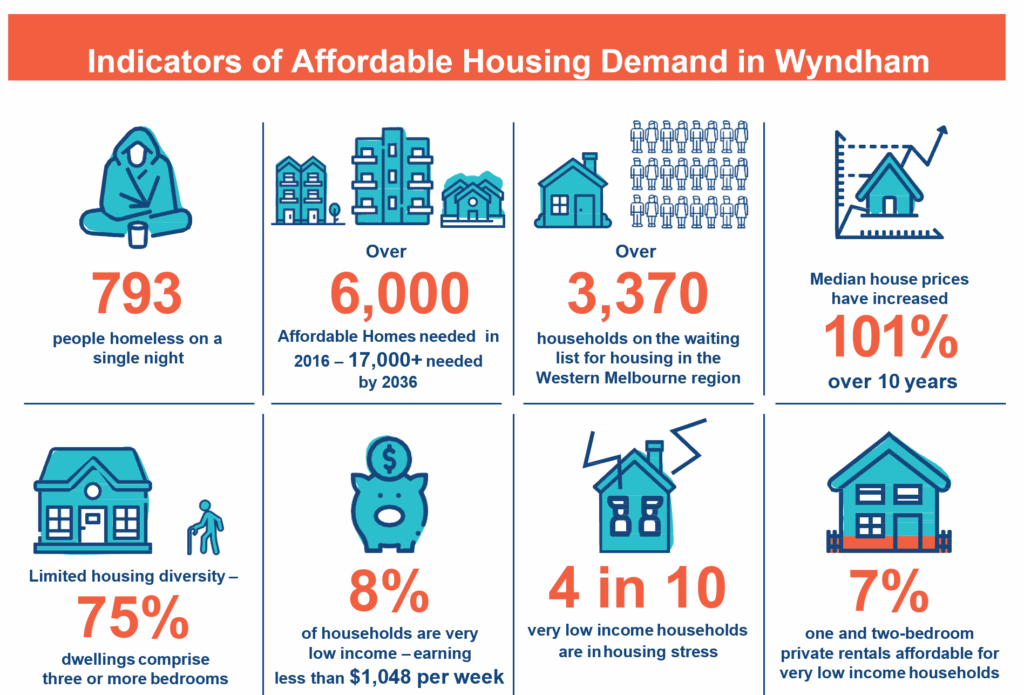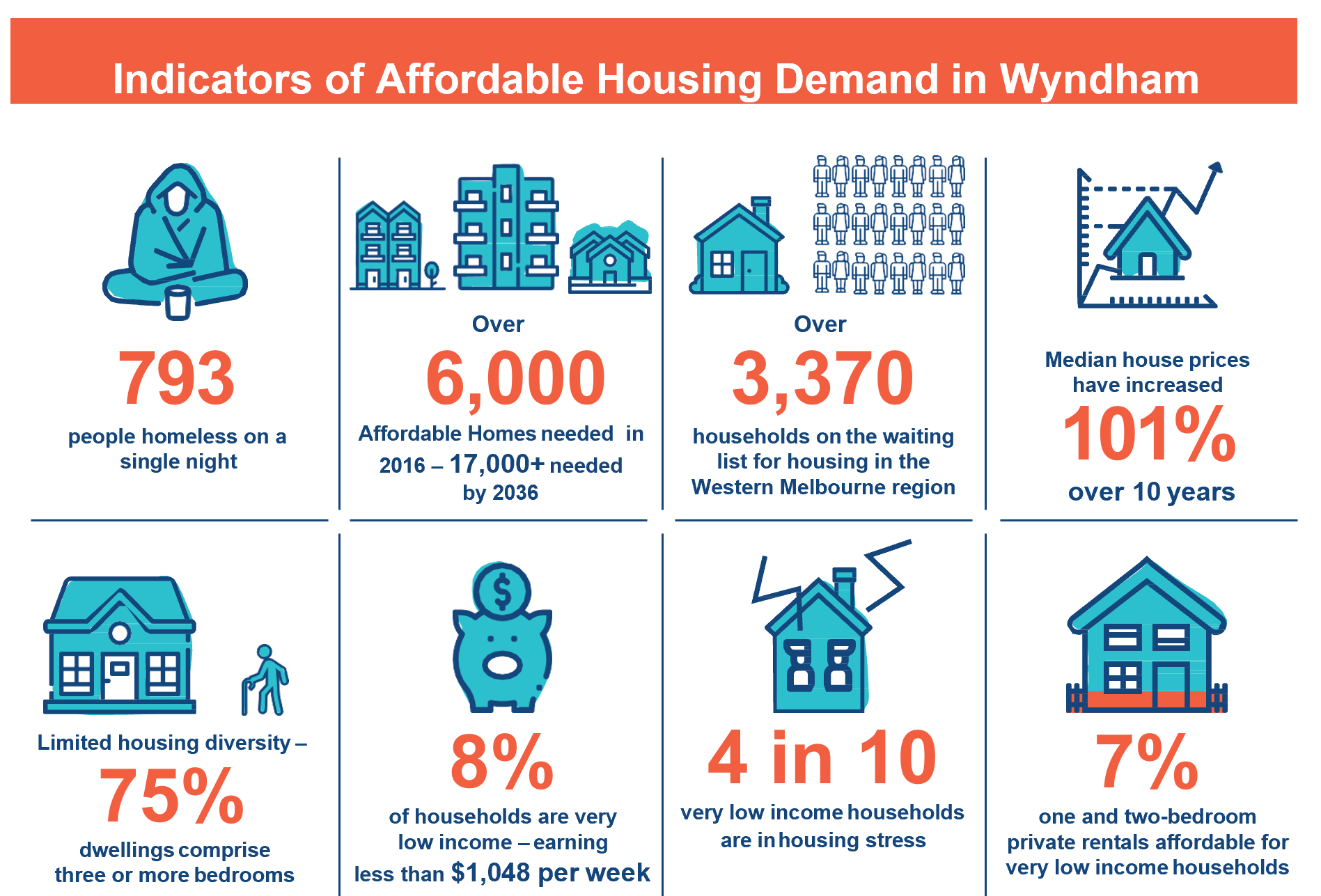
Affordable Photo Archiving: A Cost Analysis
The digital age has ushered in an era of unprecedented photo proliferation. From casual snapshots to professional portfolios, we are generating and accumulating visual memories at an astounding rate. This deluge of images, however, presents a significant challenge: how to preserve these precious assets without breaking the bank. This article delves into the often-overlooked aspect of affordable photo archiving, providing a comprehensive cost analysis for both individual users and businesses. We will explore various methods, compare their associated expenses, and offer practical advice to help you build a sustainable and budget-friendly photo archiving strategy. The goal is to equip you with the knowledge to make informed decisions, ensuring your photos remain accessible and protected for years to come.
Understanding the Importance of Photo Archiving
Before we dive into the cost analysis, it’s crucial to understand why photo archiving is essential. Photos are more than just pixels; they are tangible representations of our lives, our relationships, and our achievements. They document milestones, preserve memories, and connect us to our past. Without a proper archiving strategy, these irreplaceable assets are vulnerable to loss due to hardware failure, accidental deletion, natural disasters, or the obsolescence of storage formats.
Affordable photo archiving is not just about saving money; it’s about safeguarding your memories and ensuring their longevity. A well-planned archiving system offers several key benefits:
- Data Security: Protects against data loss through redundancy and offsite backups.
- Accessibility: Enables easy retrieval and sharing of photos.
- Longevity: Preserves photos in a format that can be accessed for decades to come.
- Organization: Facilitates efficient organization and management of large photo collections.
Cost Factors in Photo Archiving: A Detailed Breakdown
The cost of photo archiving varies significantly depending on the chosen method. Several factors influence the overall expense, including storage media, software, hardware, and labor. Let’s break down the key cost components:
Storage Media Costs
The storage medium is the foundation of any archiving system. The cost of storage has decreased dramatically over the years, making affordable photo archiving more attainable. The primary storage options include:
- Hard Disk Drives (HDDs): These are still a cost-effective option for large-scale storage. The initial cost per terabyte (TB) is relatively low, but HDDs are prone to mechanical failure and have a shorter lifespan than other options. Prices range from $20-$30 per TB.
- Solid State Drives (SSDs): SSDs are faster and more durable than HDDs, making them suitable for frequently accessed photos. However, they are generally more expensive per TB. Prices range from $70-$100 per TB.
- Cloud Storage: Cloud storage offers convenience and offsite backup, but it comes with recurring subscription fees. The cost varies depending on the provider (e.g., Google Photos, Dropbox, Amazon Photos) and the storage capacity. Plans range from $2-$10 per month for a few TB.
- Network Attached Storage (NAS): NAS devices provide a centralized storage solution for multiple users. The initial cost is higher than individual drives, but they offer enhanced data protection and accessibility. A basic NAS system can cost from $200-$500.
- Optical Discs (CDs/DVDs/Blu-ray): While less common now, optical discs can be a viable option for archiving smaller collections. The cost of blank discs is relatively low, but the process of burning and managing discs can be time-consuming.
Software Costs
Photo archiving often involves software for organization, editing, and metadata management. The cost of software ranges from free open-source tools to premium applications with advanced features.
- Free Software: Many free options are available, such as Google Photos, which offers unlimited storage for photos (with some limitations) and basic editing tools. Other open-source options include DigiKam and Darktable.
- Subscription-based Software: Adobe Lightroom and other professional photo editing/management software typically operate on a subscription model, with monthly or annual fees. This can add to the overall cost.
- One-time Purchase Software: Some software packages offer a one-time purchase option, which can be more cost-effective in the long run if you plan to use the software for an extended period.
Hardware Costs
Beyond storage media, you may need to invest in hardware, such as a computer, external hard drives, a NAS device, or a scanner (if you’re digitizing old photos). The cost of hardware varies depending on the specifications and features. Consider the initial investment and the potential for upgrades over time.
Labor Costs (Time Investment)
Photo archiving can be a time-consuming process, especially for large photo collections. The time you spend organizing, tagging, and backing up your photos is a crucial cost factor. Consider the value of your time and whether it’s worth outsourcing some of the tasks, such as scanning old photos or creating metadata.
Comparing Photo Archiving Methods: A Cost Analysis
Let’s compare the cost of different photo archiving methods to help you choose the best option for your needs:
Method 1: Cloud Storage
Cost: Recurring monthly subscription fees.
Pros: Convenient, accessible, offsite backup, automated backups.
Cons: Recurring cost, potential privacy concerns, reliance on internet connection, vendor lock-in.
Method 2: External Hard Drives
Cost: Initial purchase of hard drives, minimal recurring cost.
Pros: Affordable, easy to implement, offline storage.
Cons: Risk of data loss due to drive failure, requires manual backups, potential for environmental damage.
Method 3: NAS Device
Cost: Initial purchase of NAS device and hard drives.
Pros: Centralized storage, data redundancy, easy access, automated backups.
Cons: Higher initial cost, requires technical knowledge to set up and maintain.
Method 4: Hybrid Approach (Cloud + Local Storage)
Cost: Costs associated with both cloud storage and local storage media.
Pros: Combines the benefits of cloud storage and local storage for enhanced data protection.
Cons: Higher overall cost, requires managing two separate storage locations.
Strategies for Affordable Photo Archiving
Here are some strategies to keep your photo archiving cost down without compromising on quality:
- Prioritize: Focus on archiving the most important photos first.
- Choose the Right Storage: Select storage media based on your budget and needs.
- Automate Backups: Use software to automate backups and minimize manual effort.
- Organize Your Photos: Implement a consistent file naming and folder structure system.
- Use Metadata: Add keywords, captions, and other metadata to your photos to improve searchability.
- Shop Around: Compare prices from different storage providers and software vendors.
- Consider Free Options: Explore free software and cloud storage options.
Cost-Effective Solutions for Businesses
Businesses have different requirements than individuals. For businesses, affordable photo archiving is crucial for preserving valuable marketing assets, historical records, and client portfolios. Here are some specific considerations for businesses:
- Scalability: Choose a solution that can scale with your business’s growing needs.
- Collaboration: Implement a system that allows multiple users to access and manage photos.
- Security: Ensure data security and compliance with relevant regulations.
- Disaster Recovery: Implement a disaster recovery plan to protect against data loss.
For businesses with large photo collections, a NAS device with offsite backup or a cloud-based archiving solution is often the best option. Consider the long-term cost of each option, including maintenance, upgrades, and potential data recovery expenses.
The Future of Photo Archiving and Cost Trends
The cost of photo archiving is expected to continue to decrease as technology advances. Storage capacity is increasing, and prices are falling. Cloud storage is becoming more affordable, and new archiving solutions are emerging. As technology evolves, expect to see more sophisticated tools for photo management and archiving. The future of affordable photo archiving is bright, with more options and features available to help you protect your precious photos. The key is to stay informed and adapt your strategy as needed.
Conclusion: Making Informed Decisions for Affordable Photo Archiving
Affordable photo archiving is not an unattainable goal. By understanding the different cost factors, comparing various archiving methods, and implementing the right strategies, you can create a sustainable and budget-friendly system to protect your valuable photos. Evaluate your needs, research your options, and choose the solution that best fits your budget and requirements. Remember, the investment in photo archiving is an investment in your memories, ensuring they remain accessible and cherished for years to come. The key is to choose the best option for your budget and long-term needs. Don’t delay; start planning your photo archiving strategy today!
[See also: Related Article Titles]


